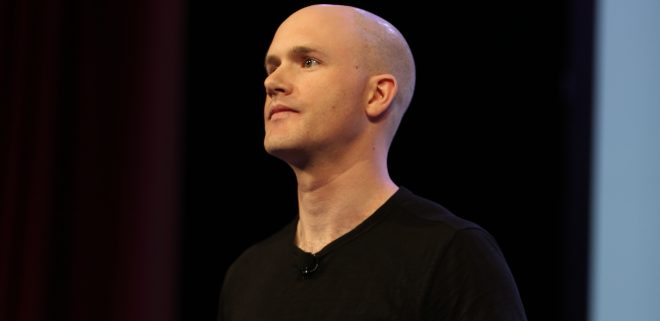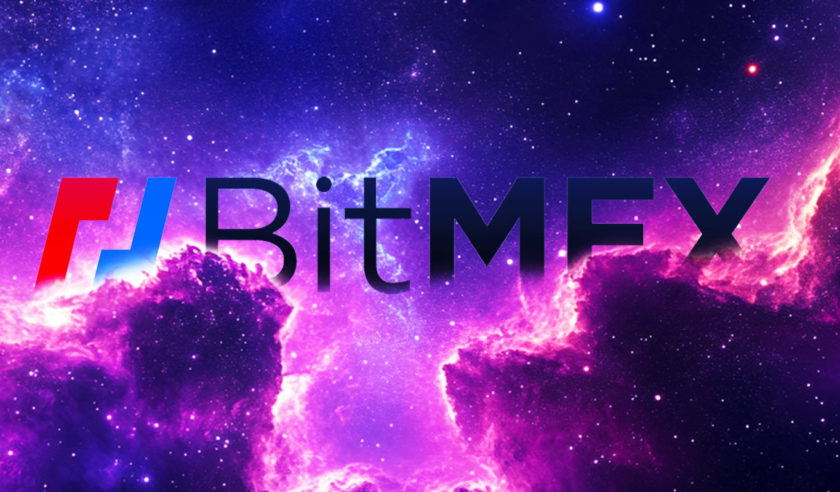The Takeaway:
- Coinbase Custody is offering staking services to institutional clients, starting with Tezos.
- Client assets will remain inside Coinbase’s fully insured cold storage at all times, mitigating risk to investors.
- Since staking requires some funds to be kept online, Coinbase will put up its own coins, assuming the risk.
- After deducting Coinbase’s fee, clients can expect to earn about 6.6 percent annually, the firm says.
Coinbase’s custody arm is trying to entice its institutional customers into the brave new world of staking crypto assets for profit.
Starting with the Tezos proof-of-stake (PoS) network, San Francisco-based Coinbase is offering clients the opportunity to make a return on their XTZ, that blockchain’s native token, the company announced Friday. After deducting Coinbase’s fee, investors can expect an annual return of around 6.6 percent, the firm estimated.
While that may sound alluring in a world where 30-year U.S. Treasury bonds yield less than half as much (and once-skyrocketing crypto prices are flatlining), investors will have to get comfortable with a highly complex arrangement. But staking is poised to become a bigger opportunity down the line, given that the second-largest cryptocurrency by market cap, ethereum, is expected to migrate to a PoS consensus system eventually.
Stepping back, unlike bitcoin’s proof-of-work (PoW) mechanism – which relies on excessive computation by miners – proof of stake requires participants to have skin in the game by depositing assets to the network and then helping validate decisions about which transactions and blocks should be added. For doing this, they receive payouts much like traditional miners in a PoW system. Users can also be punished by having their stake slashed for not helping or actively hindering consensus.
Moreover, participants who have assets to stake but don’t want to take part in the rather involved process of validating transactions and blocks can instead delegate their assets to someone else. Participants who choose to stake their crypto assets earn passive income on it, which ranges from around 5 percent to 25 percent annually, depending on the network and the level of participation.
The rub for investors is that generally speaking, validators running proof-of-stake nodes (known as “bakers” on Tezos) must have some funds online and so effectively “hot,” in crypto security parlance. That means these funds are more vulnerable to theft than when the private keys controlling them are kept offline, in so-called cold storage.
To win over institutional investors who might be unsure of the risk/reward profile of PoS, Coinbase Custody is guaranteeing to its customers that all staked coins will stay in fully-insured cold storage. To do this, the company will post the necessary bond to bakers out of its own pocket. In this way, there is “zero risk” to its custody clients, Coinbase claims.
Sam McInvale, head of product at Coinbase Custody, told CoinDesk,
“One of the reasons we are starting with Tezos and then following on with other delegated PoS networks is specifically because we can keep our clients’ funds that we will be staking in cold storage at all times.”
In the case of Tezos, bakers must post a bond equal to 10 percent of the total being staked, said McInvale. So if clients deposit $100 million worth of XTZ to coincide with the launch of the service, Coinbase would post a bond of $10 million worth of the tokens to its baker to meet that, he said.
“The way we are doing that is Coinbase Custody would go and buy $10 million worth of Tezos and post that bond so it’s our funds that are at risk, never our clients’. So we could suffer a loss if we were to get hacked, but our clients’ funds will always be safe,” said McInvale.
Custody clients with XTZ holdings will be automatically delegated from cold storage to the Coinbase baker. The firm does not currently have plans to allow its custody clients to delegate to other (external) bakers.
In the coming weeks, Coinbase will be adding governance support for the Maker (MKR) protocol which created the Dai stablecoin, currently being integrated into over 200 projects. Coinbase said it will also add Tezos voting in Q2 and hopes to add other reputable PoS chains, mentioning Cosmos, Polkadot and potentially Algorand later this year.
To be clear, though: The staking service Coinbase Custody is providing with XZT, and other blockchains down the line, is separate from tokens under consideration for listing on the company’s exchanges (though Tezos is also under consideration in this respect.)
It also should be noted that the newer PoS networks, including Tezos, have multiple keys, so the keys used to spend or withdraw assets are not the same as staking keys, which delegate funds. (Think of when a hotel puts a hold on your account as a deposit on a room; the cash is locked but has not left your account). So, the risks associated with staking are more to do with losing out on rewards or being shut out of staking cycles if the keys are stolen.
While he would not recommend any particular approaches to the custody of staking assets, Tezos founder Arthur Breitman told CoinDesk:
“Newer cryptocurrencies and smart-contract platforms, such as Tezos, decentralize by incentivizing the active participation of coin holders. To their credit, custody solutions are adapting quickly to satisfy their customer’s desire to take an active role in those networks while keeping their assets safe.”
Coinbase’s cut
Coinbase is, of course, happy about helping to grow these decentralized networks, but the firm is also taking a slice for all that hand-holding.
The way McInvale frames it, many institutional players who have sat on the sidelines as far as staking is concerned, now feel confident to tap into an 8 percent annual reward with Tezos.
In this case, Coinbase will be taking between 20 percent and 25 percent of today’s 8 percent Tezos yield, said McInvale. “So the client would actually be earning like 6.6 percent and we would be earning the rest.”
Coinbase said it has already signed several deals with institutional customers and believes this current approach will be scalable for now.
McInvale added,
“We understand the current state of demand and we have got a good line of sight on how to scale this for probably the next six months. Then if things really start to take off because more chains are launching PoS etc, we have some other ideas for how we can manage this in the future.”
And as these networks come online, interest is growing with a number of so-called staking-as-a-service providers appearing, such as Figment, Cryptium and Battlestar Capital, as well as new and sophisticated custody providers like Anchorage and Copper, who are also gearing up for PoS.
Earlier this week Battlestar Capital, announcing a partnership with cryptocurrency lending startup Celsius Network, said customers of its staking services earn a return of “up to 30 percent” annually on their idle cryptocurrency holdings.
Beyond speculation
There are a couple of important distinctions to be made here. Battlestar, like most the other staking service providers, is not operating segregated accounts (which Coinbase is doing because it makes clients and regulators more comfortable.) Rather it operates staking pools where participants benefit from scale.
As such, staking-as-a-service firms chase the maximum yield on PoS networks by self-bonding. In the case of Tezos, a self-bonding strategy involves dynamically changing bond amounts according to the way bakers perform on the network, explained Jason Stone, founder of Battlestar Capital.
The Coinbase model might be okay for the “set-it-and-forget types,” he said, but Tezos assets held in non-segregated accounts can net 12.5 percent to 14 percent a year, Stone claimed.
“If you deposit your Tezos with a group running a self-bonding strategy, you earn the amalgamated yield of bonding plus delegating, as opposed to allowing the service provider you chose to receive the greater yield from posting bond themselves, leaving you with only the rewards (less a fee) from traditional baking, i.e., choosing a provider to delegate to,“ he said.
Coinbase pointed out it is not in competition with the likes of Battlestar. “We are not going to be a public staking-as-a-service offering; it’s not like just anyone is going to be able to delegate to a Coinbase custody validator and share block rewards,” said McInvale.
Looking ahead, McInvale expects to see interesting arbitrage opportunities, such as between trading and staking, particularly when ethereum switches to PoS. He also said lending assets versus staking them will make interesting business models.
Coinbase said institutions it has talked to were certainly optimistic about staking networks, particularly given the dismal appreciation in asset prices of late. A frisson of excitement is detectable too, McInvale said, concluding,
“There’s also a shift away from only engaging in crypto assets via speculation – so buying and holding – to actually wanting to help secure the blockchain, to wanting to vote and have a voice and help these things evolve.”
Pic: Coinbase CEO Brian Armstrong at Consensus 2016.




